
No matter the month, some plants need trimming and others want to be left alone. It can get confusing, but it doesn’t need to be. To help plan your gardening month, we reveal seven of the key plants to prune in April.
Many popular backyard shrubs are among the plants to prune in spring this month. As the temperatures rise, hydrangeas, winter-flowering shrubs, smoke bush, evergreens, and more all require some attention.
The following plants to prune in April will look their best, be healthier, and perform better thanks to trimming this month. So you can prune with confidence, we include some expert trimming tips for each of the shrubs.
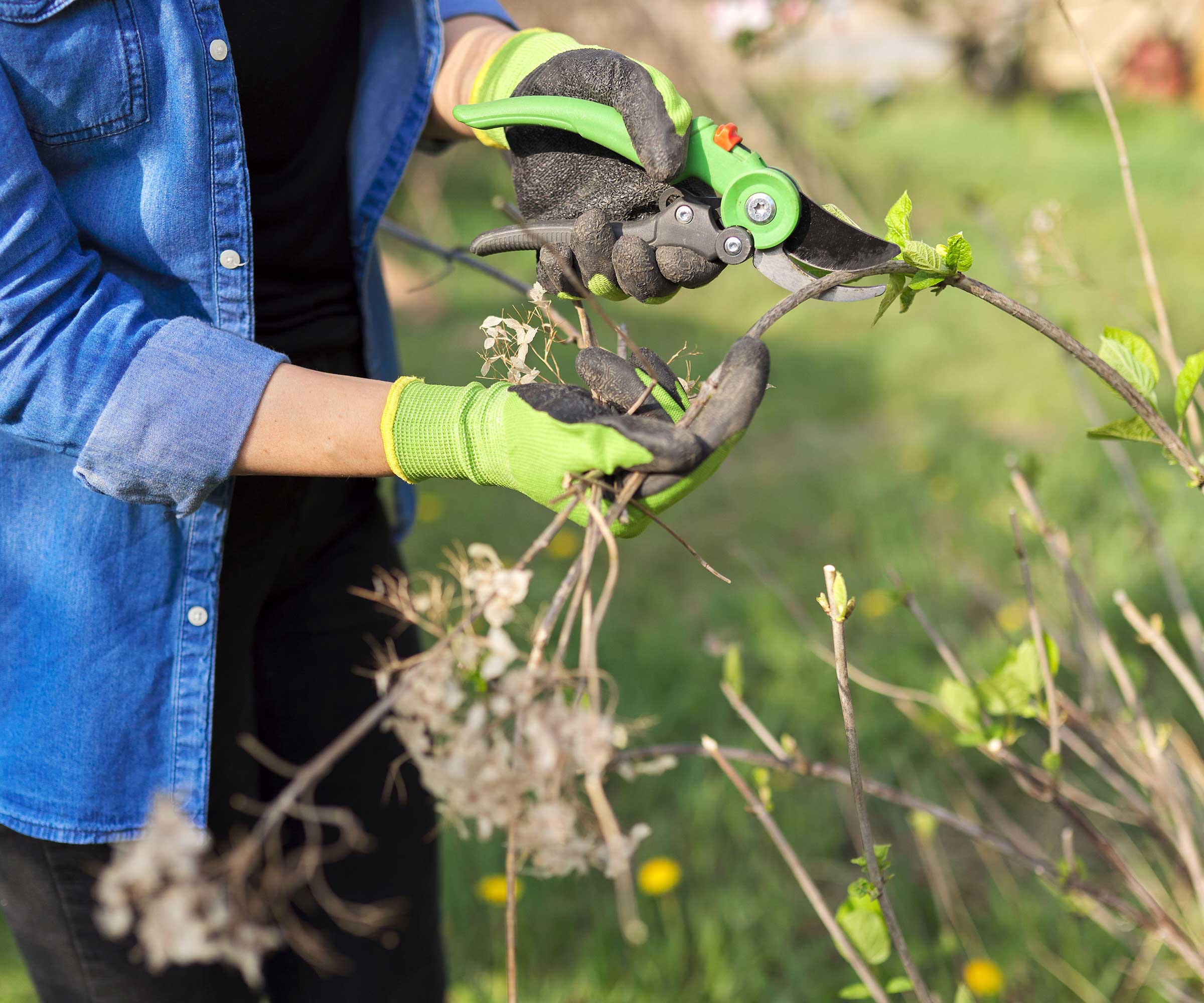
Plants to prune in April – 7 of the best
Make sure your pruning tools are clean and sharp before heading out to trim. This pruning set on Amazon features loppers, pruning shears, and hedging shears, giving you all the tools you need for a wide range of pruning tasks this month.
If you have some of the following plants as part of your backyard ideas, they will benefit from some TLC in April.
1. Beautyberry
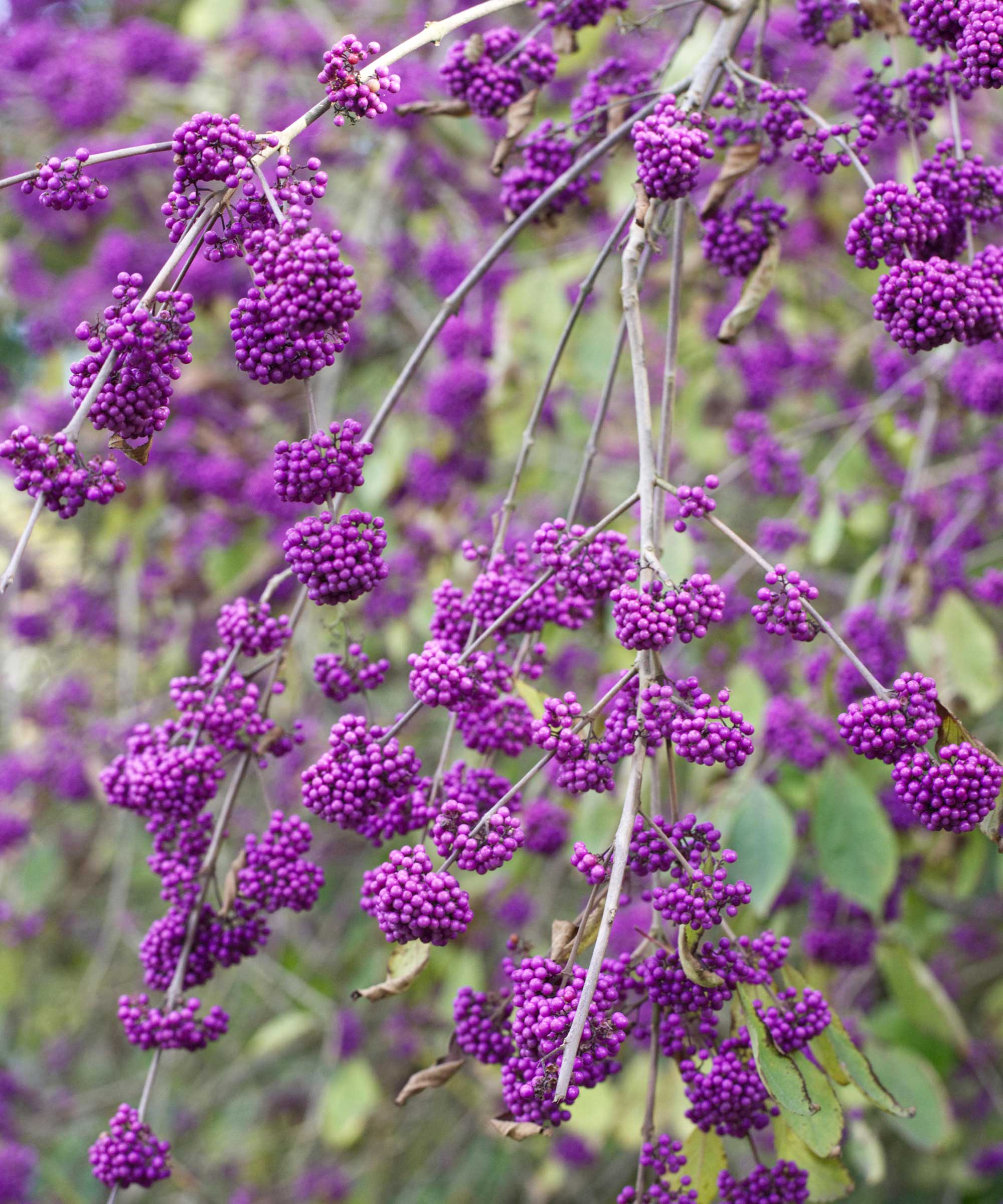
Callicarpa, a shrub also known as beautyberry, is a low-maintenance shrub with vibrant purple berries in fall and winter. As well as being highly attractive, they are also great plants for birds.
Pruning beautyberry in early spring encourages the growth of fresh shoots to carry this year’s flowers and fruit. Remove dead, damaged, or diseased branches and cut all the flowered stems by up to a third, back to a healthy set of buds. You can remove up to a third of older stems to refresh the shrub each year.
Larger beautyberry shrubs can tolerate heavier pruning to rejuvenate them. In this instance, they can be cut by half or more, though that year’s display will be reduced.
2. Chaenomeles
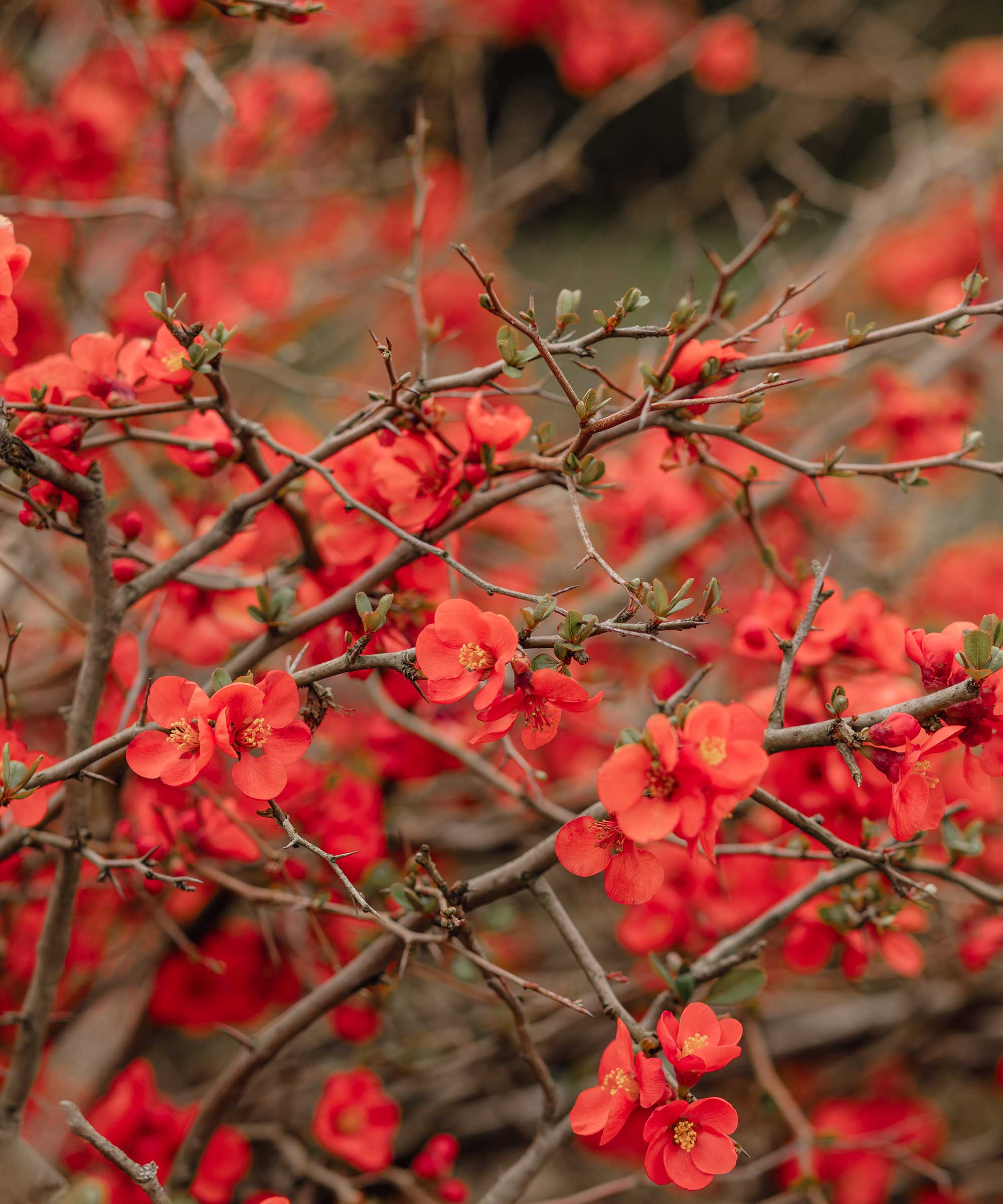
Chaenomeles, also known as flowering quinces, are deciduous winter and early spring-flowering shrubs to plant for dazzling flowers during the colder and quieter months of the year.
The shrubs want pruning after flowering, which can mean late April into May, depending on your location. It flowers in winter on wood produced the previous season, so pruning post-flowering guarantees great displays.
Always wear thick gardening gloves and long sleeves to prune a chaenomeles as they have spiny stems. These thornproof gardening gloves, available at Amazon, are strong, durable, and perfect for handling spiky plants.
Remove dead, damaged, or diseased stems, and crossing or weak stems. Trim back stems to a few buds from the base for flowering spurs to form and carry next winter’s blooms.
You can remove some older branches each spring to rejuvenate an older shrub. But observe the one-third pruning rule and do not get too carried away.
3. Hydrangeas
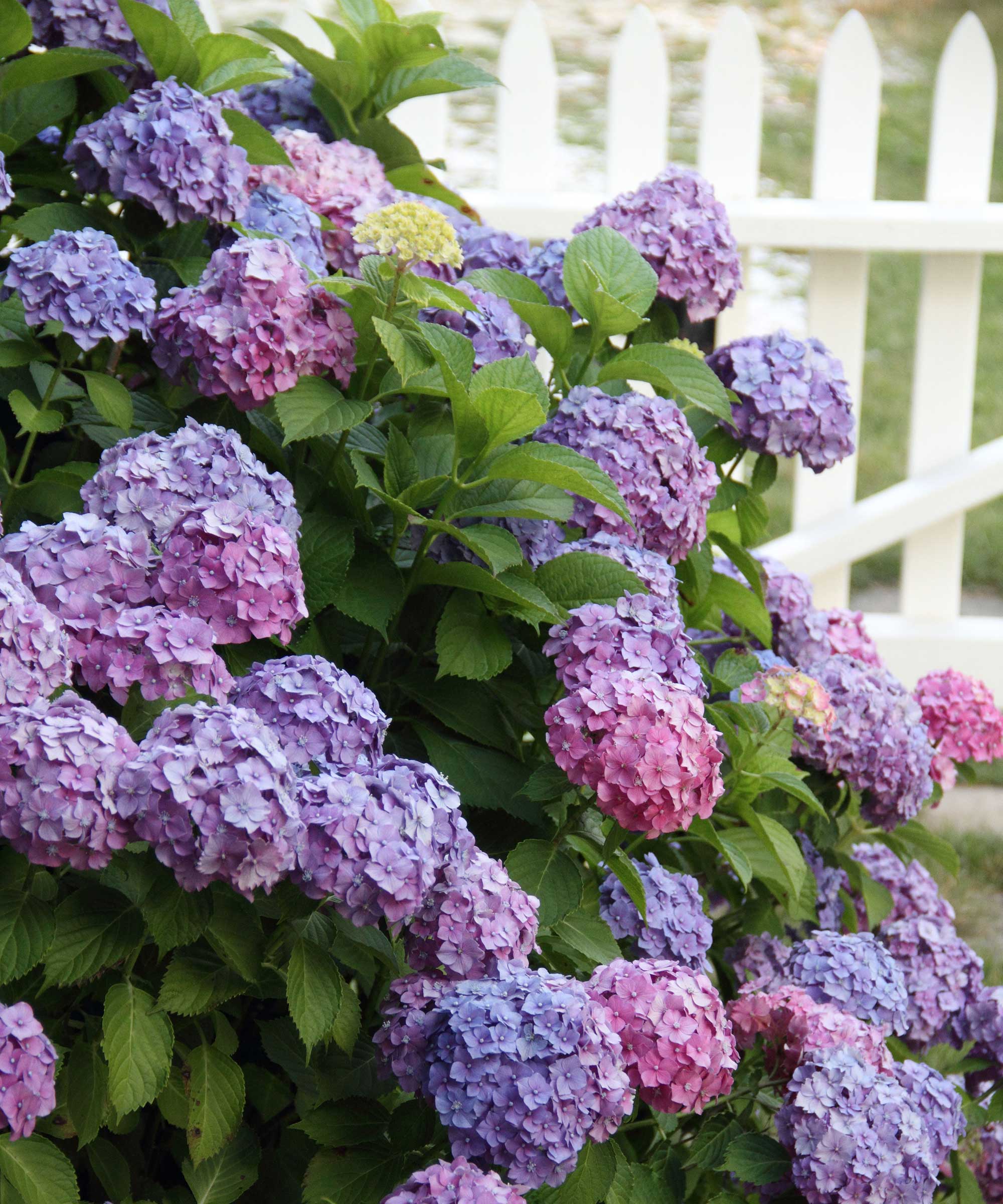
Hydrangeas are low-maintenance flowering shrubs, and you can encourage lots of gorgeous flowers for color and interest by pruning.
However, not all hydrangea varieties are pruned this month. Panicle, mophead and lacecap hydrangeas are pruned in early spring, but climbing types are pruned after flowering - it would be a hydrangea pruning mistake to trim those this month. The hydrangeas that want pruning this month all flower on new wood.
To prune hydrangeas, first remove dead, damaged, diseased, or weak stems. Then, cut back old flower heads and stems produced last year by up to a third, always cutting back to a pair of healthy buds. This encourages the development of new stems to carry this year’s flowers.
4. Privet
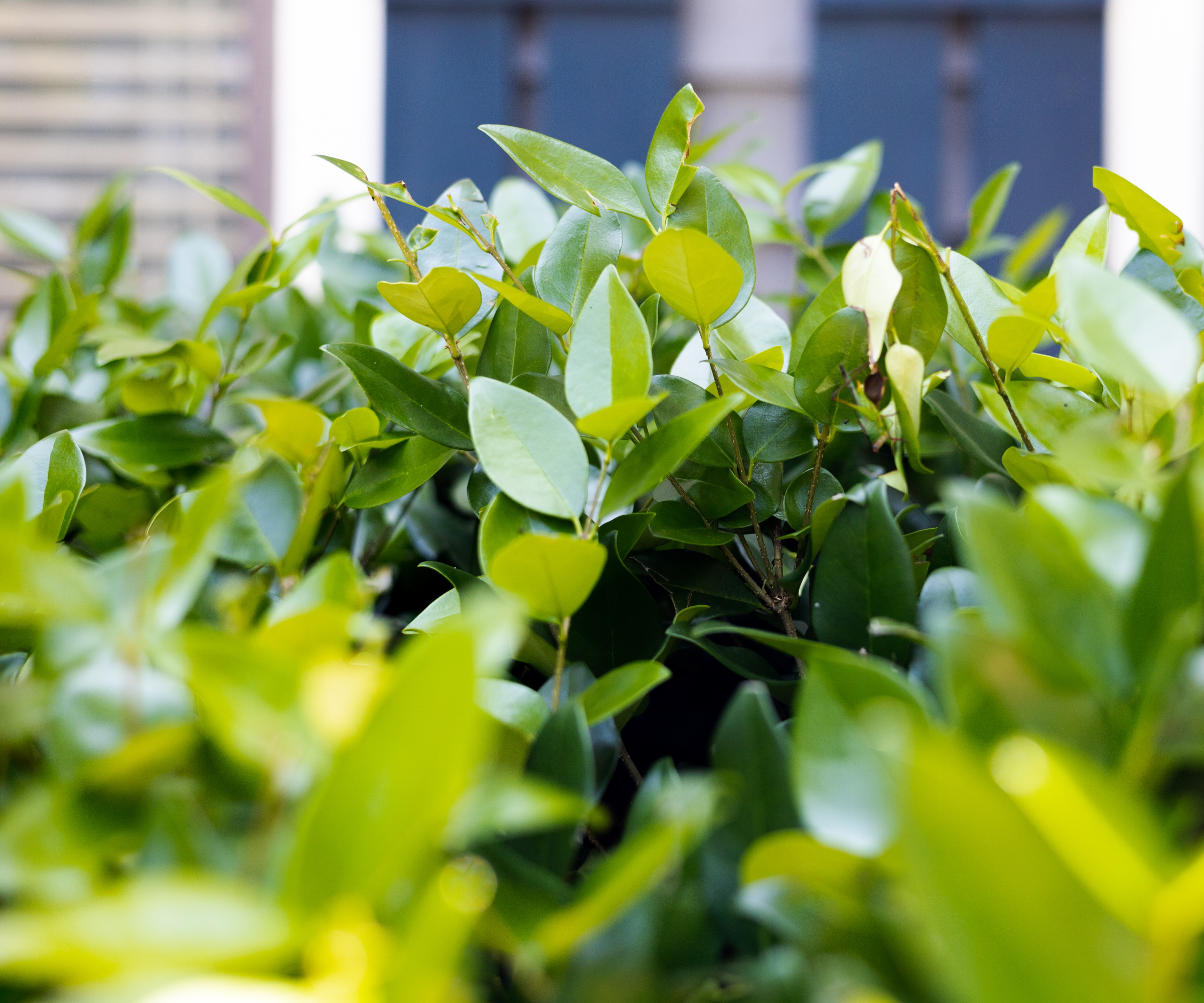
April is a good time to prune privet, along with other evergreen hedges that benefit from being cut twice a year to keep them looking dense and attractive. Pruning hedges of box, yew, laurel, or privet is best done in early spring, after the last frosts and at the start of the new growing season to get healthy regrowth.
Remove any dead or damaged areas of the hedge before shaping and use a pair of hedging shears for smaller hedges, or a hedge trimmer for larger ones. Work slowly along the hedge and regularly take a step back to assess the shape. Using a line will help you get a straight hedge and ensure your hedges look neat as part of a formal garden.
5. Ribes
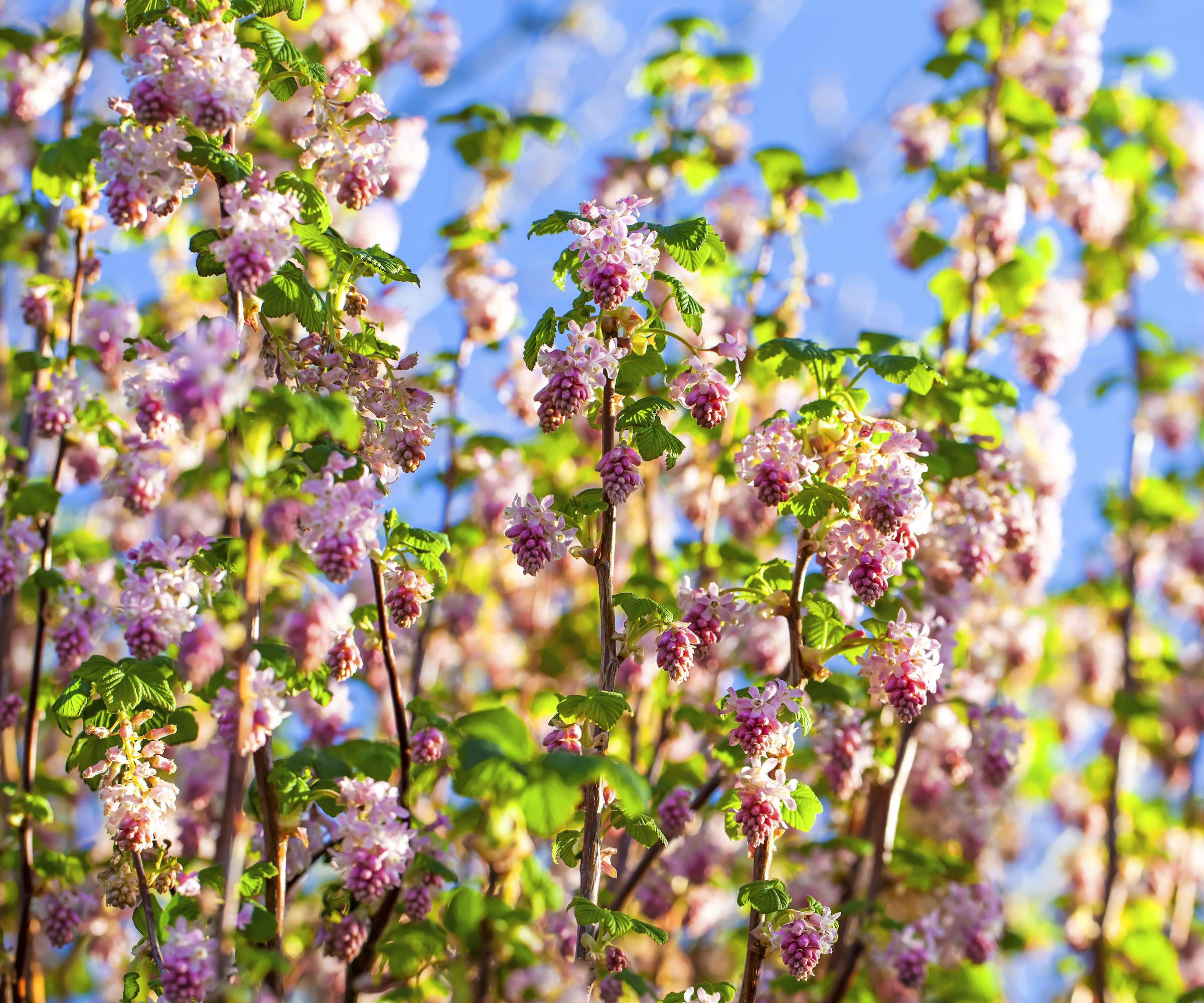
Ribes are known as flowering currants and are another late winter and spring-flowering shrub that benefits from trimming after flowering.
It means that April or May, depending on your location, are ideal times to give ribes a little care and attention. It pays dividends to prune quickly after the flowering finishes to give plants the most time to produce stems that will carry next year’s flowers.
As usual, remove any dead, damaged, or weak stems first. Then, cut the remaining stems back to a pair of healthy buds. Older ribes can be rejuvenated by cutting a fifth of the oldest stems back to ground level each year.
6. Smoke Bush
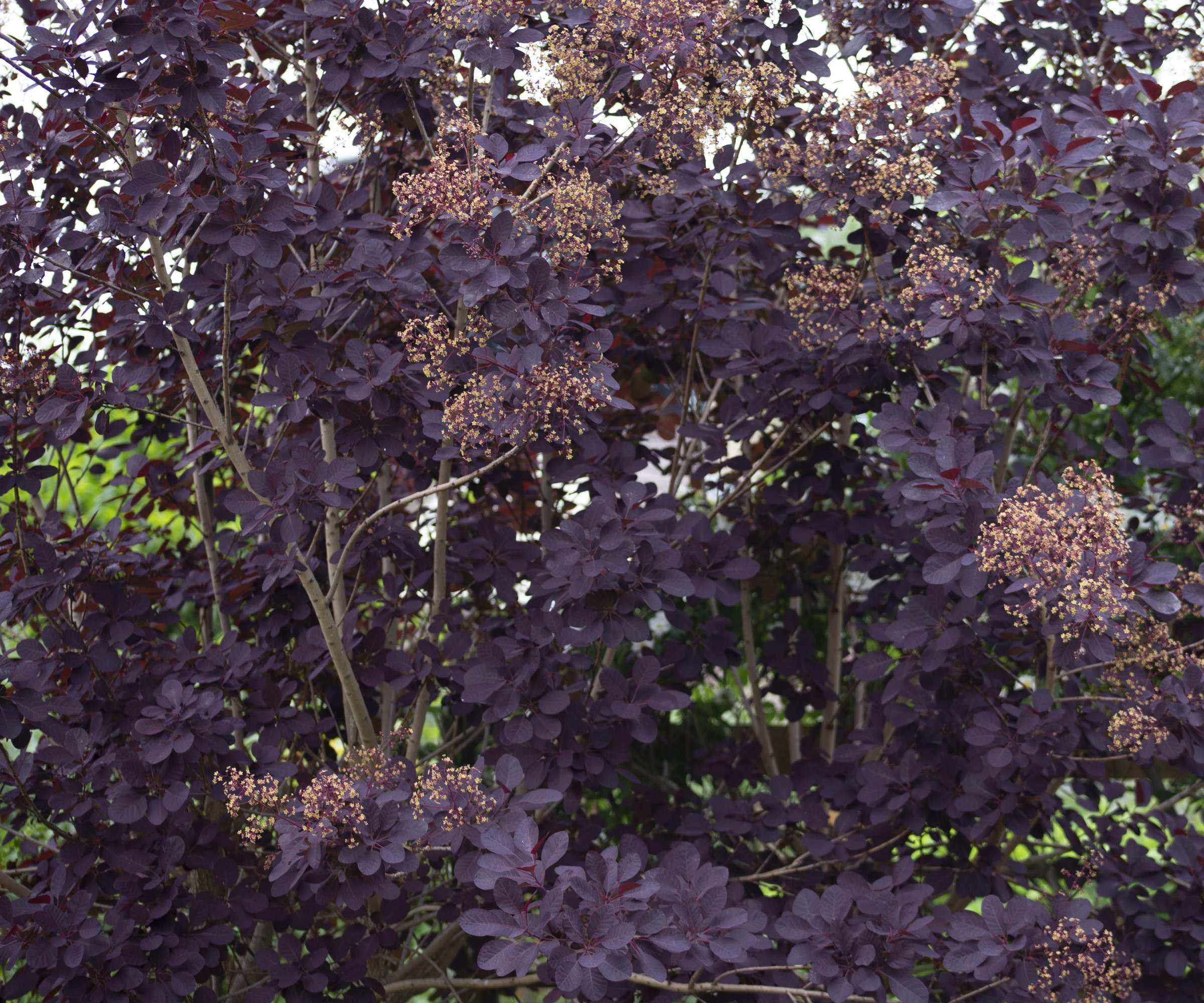
A smoke bush is grown for its attractive foliage in shades of purple, red, or yellow, and the delicate plumes of flowers that appear like smoke plumes around the plant. It is a dramatic shrub, and pruning is vital to guarantee the best display and control the size and shape.
Prune a smoke bush in early spring by removing dead or damaged branches and weak, spindly stems. Shape the shrub by removing up to a third of the oldest branches and gently trimming back the rest of the stems. This stimulates the smoke bush to produce productive, vivid new growth.
7. Winterberry
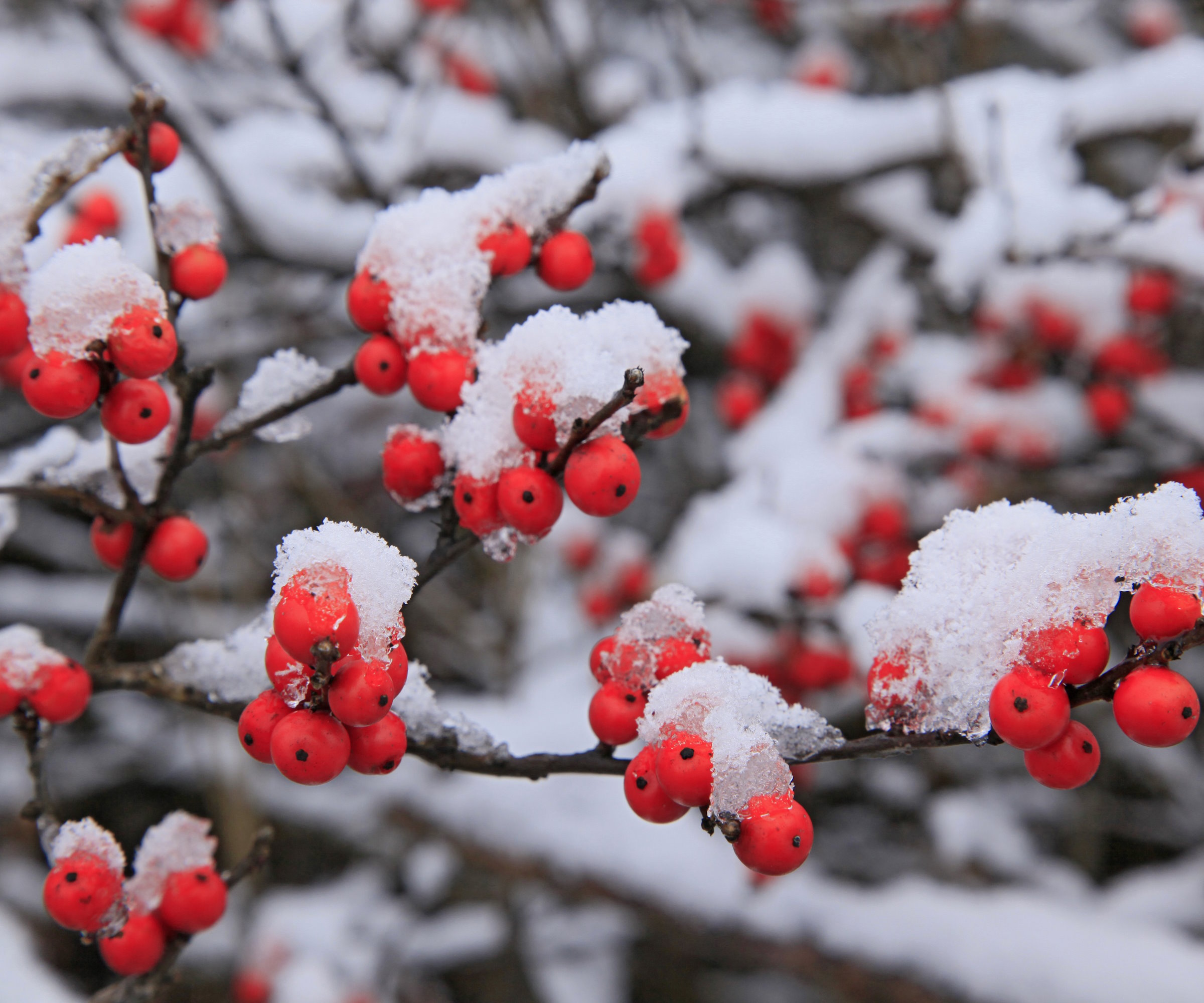
Winterberry is a small-growing type of holly bush and a great shrub with winter berries. It is a native plant to the eastern US that sets fruit earlier than other hollies and can be covered with red berries throughout winter and spring.
The size of any winterberry shrub can be controlled through pruning, and regular trimming of suckers prevents them from spreading. The ideal time to prune holly bushes is in early spring. As winterberries flower and fruit on new growth, it encourages stems to carry this year’s display.
Only light pruning annually is sufficient to maintain the size and shape of winterberries. Up to a third of the older branches can be removed annually to retain a natural and vigorous form.
Shop pruning tools
These professional pruning shears are one of the best tools you can buy. Their steel blades are super-sharp, and the pruners are comfortable to use. Felco tools have a lifetime guarantee, and all parts are replaceable.
This set of extendable bypass loppers can cut branches up to 1-1/2 inches in diameter. They are adjustable up to 38 inches with a simple switch and are ideal for trimming higher or awkward branches.
This set of Fiskars hedging shears features a 10-inch steel blade for cutting or shaping hedges and shrubs. It also has PowerGear technology to aid cutting and shock-absorbing bumpers to reduce strain.
FAQs
Is April too late to prune roses?
April is not too late to prune roses, especially in cooler climates. You prune roses from late winter to early spring, just as the new growth is starting, which can be April in some locations. Keep a close eye on the weather and your roses to get the timing right, and don’t hesitate, as waiting too long is a rose pruning mistake that can impact that summer’s flowering.
We want to help you build a comprehensive spring gardening checklist, as this month can be busy. See our guides to what to plant in April, flowers to plant in April, and vegetables to plant in April, which can help you keep on top of everything you may want to do in the garden this month.







